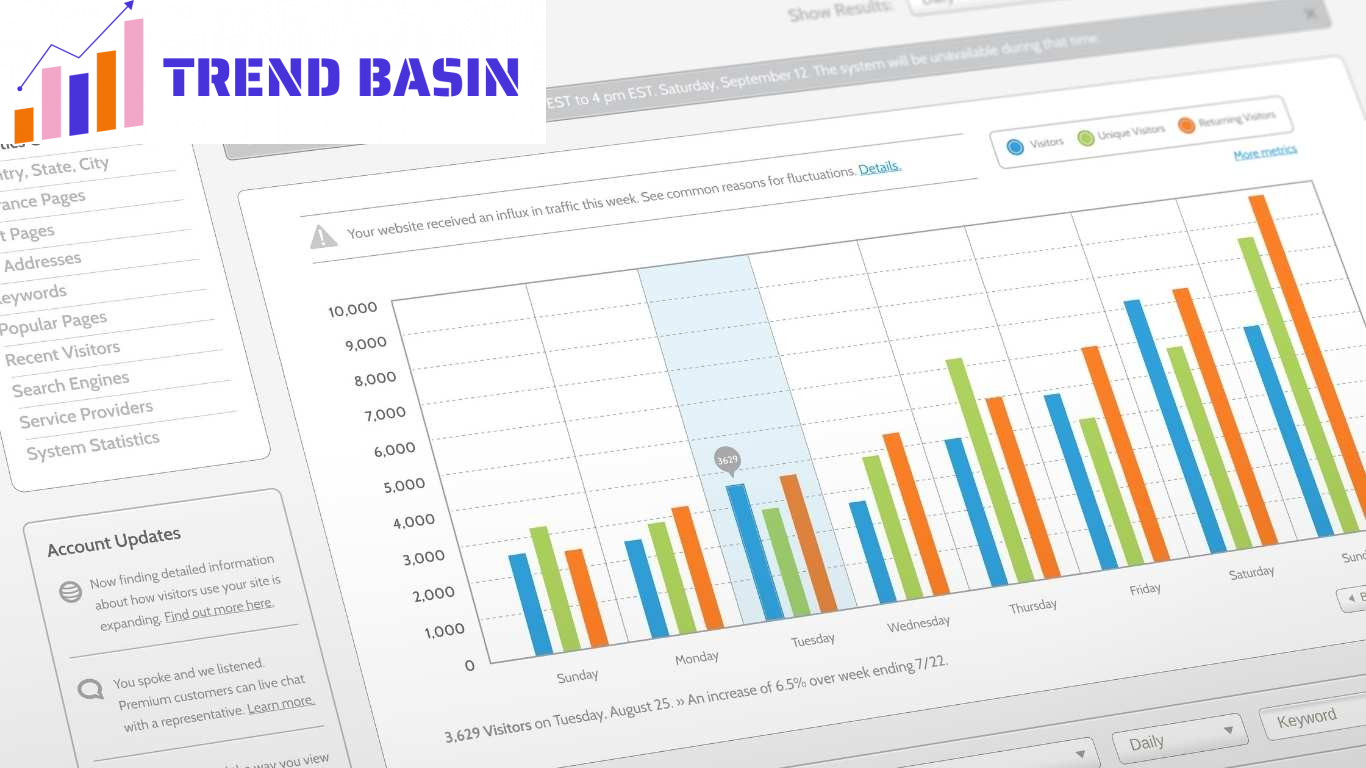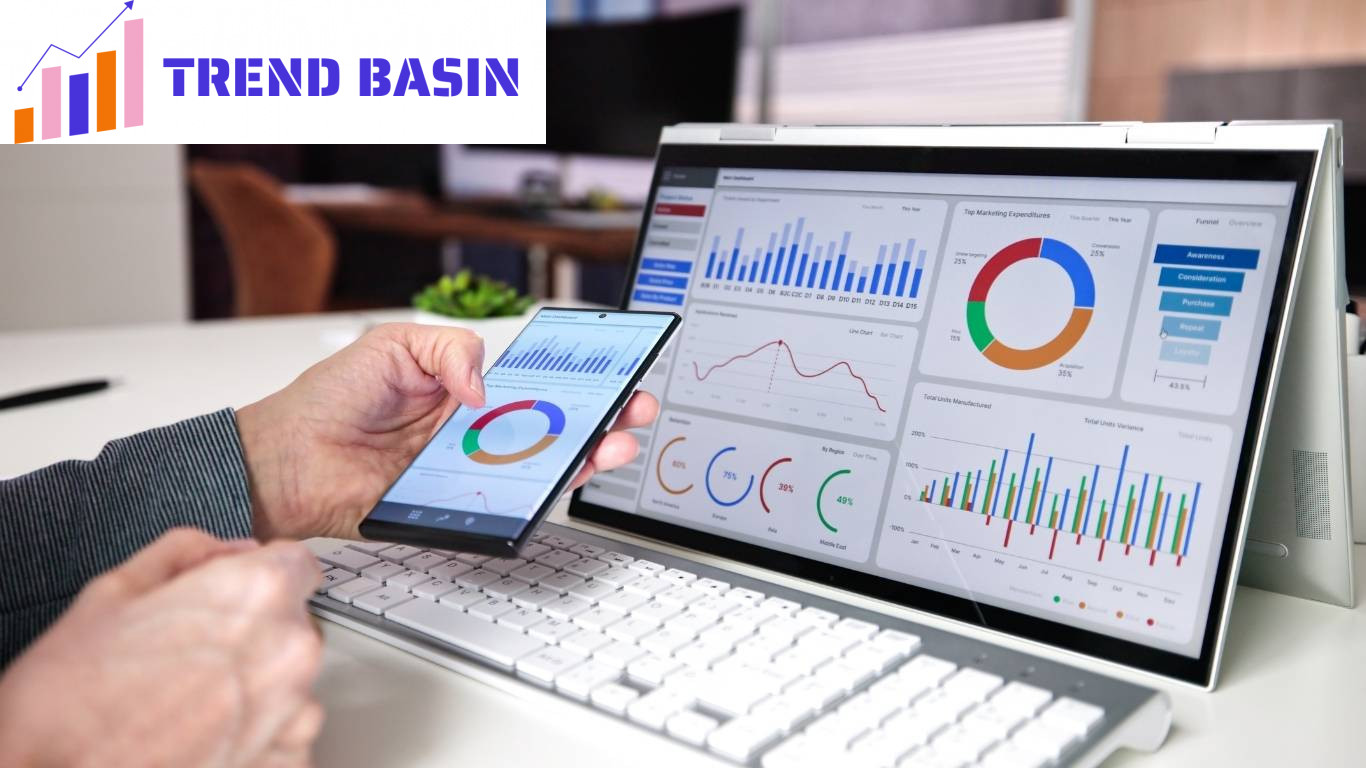Email Marketing Automation: Saving Time and Increasing Efficiency
Email marketing remains one of the most effective ways to reach and engage customers.
However, managing email campaigns can be time-consuming and overwhelming, especially for businesses with growing audiences.
This is where email marketing automation comes into play.
At Trend Basin, we believe in harnessing the power of automation to streamline your email marketing efforts.
Let’s explore how you can save time, increase efficiency, and ultimately enhance your marketing strategy through email automation.
Key takeaways
- Email marketing automation saves time by simplifying repetitive tasks.
- Personalization is crucial for improving engagement and conversion rates.
- Segmentation allows for targeted messaging to different audience segments.
- A/B testing helps optimize email content for better performance.
What is email marketing automation?
Email marketing automation involves using software to create, send, and manage email campaigns without manual intervention.
By automating repetitive tasks, businesses can focus on crafting more effective messages and strategies.
Automation tools enable you to set up triggers that send emails based on user behavior, preferences, or specific timeframes.
This means that your emails can reach the right audience at the right time, enhancing the likelihood of engagement.
Case Study: An e-commerce company utilized email marketing automation to send personalized recommendations based on previous purchases.
The result was a 25% increase in repeat purchases within three months.
Tip: Utilize email marketing platforms like Mailchimp, HubSpot, or ActiveCampaign to automate your campaigns.
These platforms allow you to set up workflows that save time and effort while enhancing user experience.
Why is automation essential for email marketing?
Automation is essential because it addresses the challenges businesses face in managing their email marketing campaigns.
Manual processes can lead to missed opportunities, inconsistencies, and increased workload.
By automating your email marketing, you can:
- Send timely messages based on customer behavior.
- Reduce the time spent on repetitive tasks.
- Improve accuracy and consistency in your messaging.
- Focus on strategy rather than execution.
Case Study: A SaaS company implemented an automated onboarding email series for new users.
This series provided users with essential information and tips, resulting in a 40% increase in user engagement and retention.
Tip: Identify repetitive tasks in your email marketing process and consider automating them.
This could include welcome emails, follow-ups, and re-engagement campaigns.
How does personalization enhance email marketing?
Personalization is key to engaging your audience effectively.
Automated email marketing allows you to personalize content based on user preferences, behaviors, and demographics.
By addressing recipients by their names and tailoring content to their interests, you can create a more meaningful connection.
Case Study: A fashion retailer personalized their email content by showcasing items based on previous purchases.
This approach led to a 30% increase in open rates and a 20% boost in click-through rates.
Tip: Segment your email list based on user behavior and preferences to deliver more relevant content.
Use automation tools to ensure personalized content is sent to the right segments.
What role does segmentation play in automation?
Segmentation allows you to divide your email list into smaller groups based on specific criteria.
This could include demographics, purchase history, engagement level, or preferences.
By targeting specific segments, you can send tailored messages that resonate with each group.
Case Study: A travel agency segmented their email list by destination preferences and sent personalized travel deals.
This strategy resulted in a 35% increase in bookings during the campaign.
Tip: Create segments based on user data to ensure your emails are relevant and targeted.
Utilize automation to send different messages to each segment, enhancing engagement and conversion rates.
How to create effective automated email workflows
Creating automated email workflows involves planning the sequence and timing of your emails.
Consider the following steps when setting up your workflows:
- Define your goals: Identify what you want to achieve with your email campaigns, such as increasing sales, nurturing leads, or engaging customers.
- Map out the customer journey: Understand the various touchpoints and interactions your customers have with your brand.
- Choose the right triggers: Set triggers based on user actions, such as signing up for your newsletter, making a purchase, or abandoning a cart.
- Design your emails: Create engaging content that aligns with your goals and resonates with your audience.
- Monitor and optimize: Track the performance of your automated campaigns and make adjustments based on the data.
Case Study: A digital marketing agency created a lead nurturing workflow that sent targeted content based on user engagement.
They saw a 50% increase in lead conversion rates as a result.
Tip: Regularly analyze the performance of your automated workflows.
Use analytics tools to identify areas for improvement and optimize your email content.
Why is A/B testing important in email automation?
A/B testing allows you to compare two versions of an email to see which one performs better.
This is particularly important in email automation, as it enables you to fine-tune your campaigns for maximum effectiveness.
You can test various elements, including subject lines, content, images, and CTAs.
Case Study: An online subscription service conducted A/B tests on their email subject lines.
They discovered that subject lines with emojis resulted in a 15% higher open rate compared to those without.
Tip: Always A/B test your emails to understand what resonates with your audience.
Make data-driven decisions based on the results to improve your overall email performance.
What are the common pitfalls of email marketing automation?
While email marketing automation offers numerous benefits, there are potential pitfalls to be aware of:
- Over-automation: While automation saves time, too much automation can lead to impersonal communication.
- Neglecting segmentation: Failing to segment your email list can result in generic messages that don’t resonate with recipients.
- Ignoring analytics: Not tracking your email performance can prevent you from identifying areas for improvement.
- Inconsistent messaging: Ensure that your automated messages align with your brand voice and values.
Case Study: A retail brand relied too heavily on automation and neglected personalization.
As a result, their engagement rates dropped significantly.
Tip: Balance automation with personal touches to create a more meaningful connection with your audience.
How can you measure the success of your email marketing automation?
Measuring the success of your email marketing automation involves tracking various metrics:
- Open rates: Measure the percentage of recipients who open your emails.
- Click-through rates: Analyze how many people clicked on links within your emails.
- Conversion rates: Track the number of recipients who took the desired action after receiving your email.
- Unsubscribe rates: Monitor how many recipients opt-out of your emails to understand potential issues.
Case Study: A non-profit organization tracked their email marketing metrics and adjusted their strategy accordingly.
By focusing on improving open rates and engagement, they saw a 60% increase in donations over the course of a year.
Tip: Use analytics tools provided by your email marketing platform to track and analyze these key metrics.
Regularly review your performance data to make informed decisions about your email campaigns.
Conclusion: Streamline your email marketing with automation
Email marketing automation can significantly enhance your marketing strategy.
By saving time and increasing efficiency, you can focus on creating engaging content that resonates with your audience.
Incorporate personalization, segmentation, and A/B testing to optimize your campaigns.
Stay informed about the latest trends in email marketing automation to maintain a competitive edge.
Connect with us at LinkedIn and Facebook for more insights and updates on web design and digital marketing.



